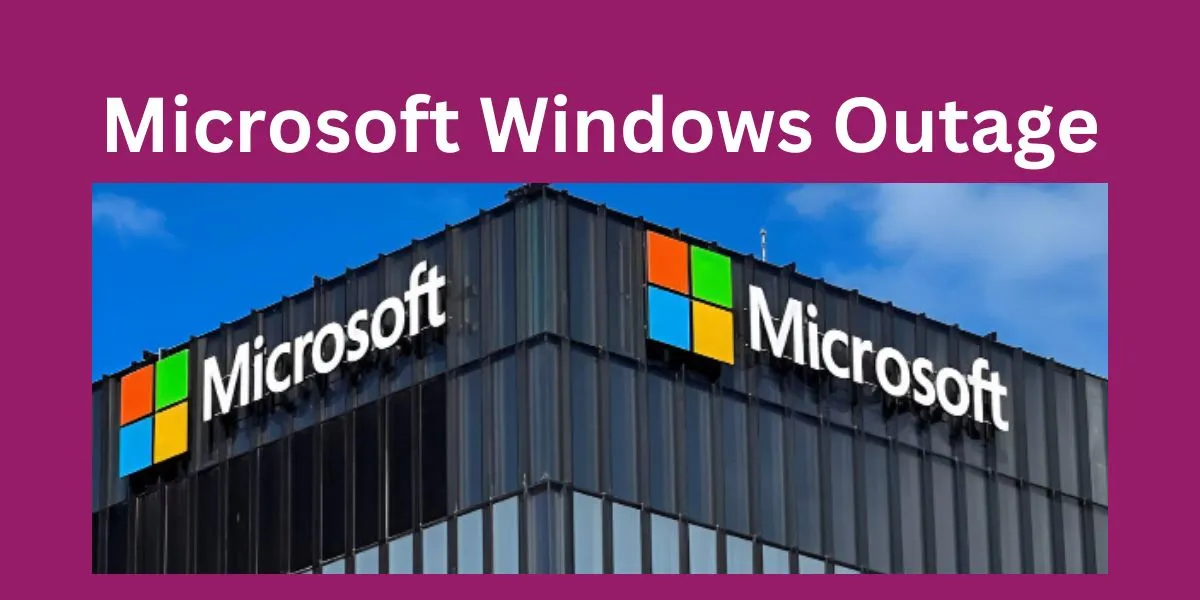Ever been in the middle of an important task, only to have your system suddenly throw a wrench into your plans? That’s exactly what millions of users experienced recently during a widespread Microsoft Windows outage. Let’s dive into what happened, why it matters, and how you can stay prepared when tech goes haywire.
What Is a Microsoft Windows Outage?
A Microsoft Windows outage occurs when the operating system or its related services face downtime, affecting users’ ability to work or access critical applications. These disruptions can range from minor hiccups to major shutdowns, causing chaos for both individuals and businesses.
Why Was There a Recent Outage?
The Root Cause
The latest Windows outage, which left countless users frustrated, was reportedly due to server issues. While Microsoft hasn’t spilled all the beans, initial reports suggest a technical glitch in their backend systems caused a domino effect.
Could It Have Been Prevented?
In tech, glitches happen—it’s like spilling coffee on your keyboard; you don’t see it coming until it’s too late. However, regular updates, robust server infrastructure, and better communication could help prevent or minimize the impact of such outages.
How Long Did the Outage Last?
The duration varied depending on the region. Some users reported issues for a few hours, while others faced disruptions for nearly a full day. For those reliant on Windows for work or personal use, even a short outage can feel like an eternity.
Who Was Affected the Most?
Businesses
Companies relying on Windows for daily operations were hit hardest. From delayed meetings to halted production lines, the impact was widespread.
Remote Workers
In the age of hybrid work, remote workers took a significant hit. Imagine being on a tight deadline and not being able to access your files—talk about stressful!
Everyday Users
Let’s not forget everyday users who just wanted to check emails or watch their favorite show. For many, the outage felt like an unexpected timeout from digital life.
What Services Were Disrupted?
1. Windows Operating System
Some users couldn’t boot their systems, while others faced unresponsive desktops.
2. Microsoft 365
Popular tools like Word, Excel, and Teams also experienced downtime, throwing a wrench into productivity.
3. Cloud Services
Azure, Microsoft’s cloud computing platform, faced partial disruptions, impacting developers and businesses alike.
Why This Matters More Than You Think
The Bigger Picture
Tech outages remind us of our dependence on digital systems. Whether it’s for work, communication, or entertainment, a small glitch can ripple out into a big inconvenience.
Financial Impact
For businesses, downtime often equals lost revenue. Studies show that even an hour-long outage can cost companies thousands—or even millions—of dollars.
How Microsoft Responded
Quick Fixes
Microsoft’s tech team jumped into action to identify and resolve the issue. Updates on their status page kept users informed (although not everyone was satisfied with the speed of communication).
Apologies and Promises
After the issue was resolved, Microsoft issued an apology and promised to enhance their systems to avoid future disruptions.
What You Can Do During an Outage
Stay Calm
First, don’t panic! It’s annoying, but most outages are resolved within hours.
Check the Status
Visit Microsoft’s official status page or social media accounts to confirm if there’s an outage and stay updated on fixes.
Use Alternatives
If Microsoft apps are down, switch to alternatives like Google Docs or Dropbox for cloud storage.
Tips to Minimize Impact in the Future
1. Backup Your Data
Always have a backup of critical files on an external drive or a non-Microsoft cloud service.
2. Keep Offline Tools Handy
Install offline apps that let you work without an internet connection during outages.
3. Diversify Your Tools
Relying solely on one tech provider can be risky. Having multiple options ensures you’re not entirely stuck when issues arise.
How Does This Compare to Other Outages?
Microsoft isn’t the only tech giant to face outages. In the past, services like Google, Amazon, and Facebook have also experienced disruptions. What sets Microsoft apart is the sheer scale of its impact due to its deep integration into workplaces and homes.
Could This Happen Again?
Short answer? Yes. Tech isn’t foolproof, and as systems grow more complex, the risk of outages increases. However, companies like Microsoft are constantly innovating to make their platforms more resilient.
Is Windows Still Reliable?
Absolutely! Despite occasional hiccups, Windows remains one of the most robust and reliable operating systems out there. Think of it as your trusted old car—it might sputter now and then, but it gets the job done.
Final Thoughts
Microsoft Windows outages are frustrating but serve as a reminder of our reliance on technology. While it’s impossible to avoid every glitch, being prepared can soften the blow. Keep your tools diversified, data backed up, and patience intact—you’ve got this!
FAQs
1. What caused the latest Microsoft Windows outage?
The outage was likely caused by server issues, although Microsoft hasn’t shared full details.
2. How can I stay updated during an outage?
Check Microsoft’s status page or follow their official social media accounts for real-time updates.
3. Are Windows outages common?
No, but they do happen occasionally due to technical glitches or maintenance issues.
4. Can I still work during a Windows outage?
Yes! Use offline tools or alternative services like Google Workspace to keep productivity flowing.
5. What should I do if an outage affects my work?
Stay calm, notify your team, and look for workarounds like mobile apps or other platforms until the issue is resolved.










